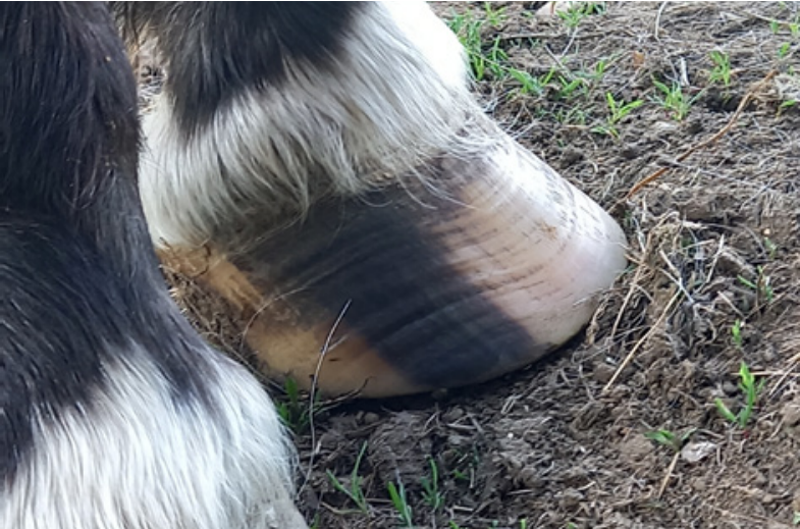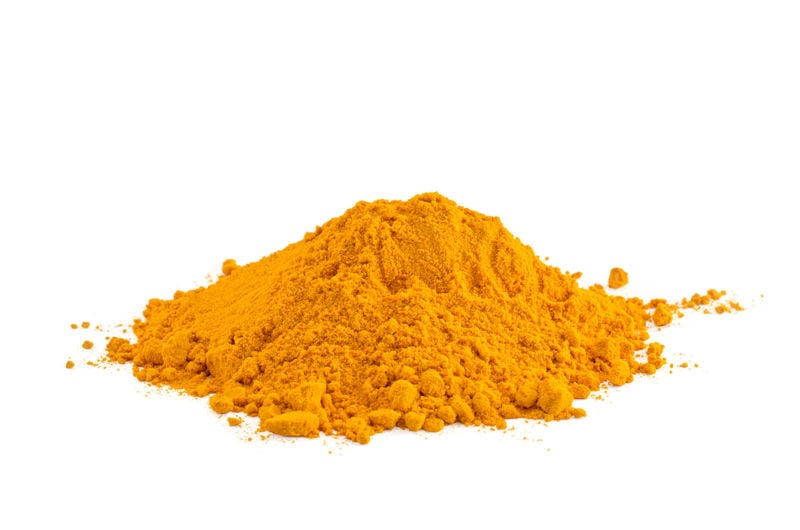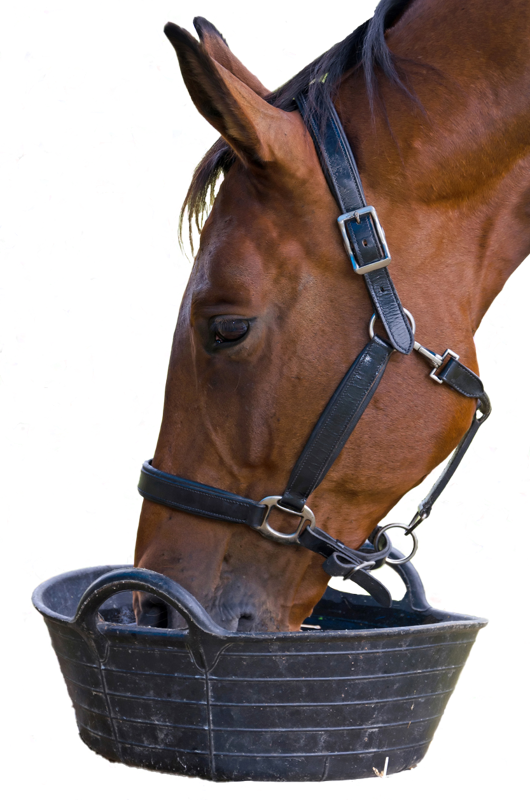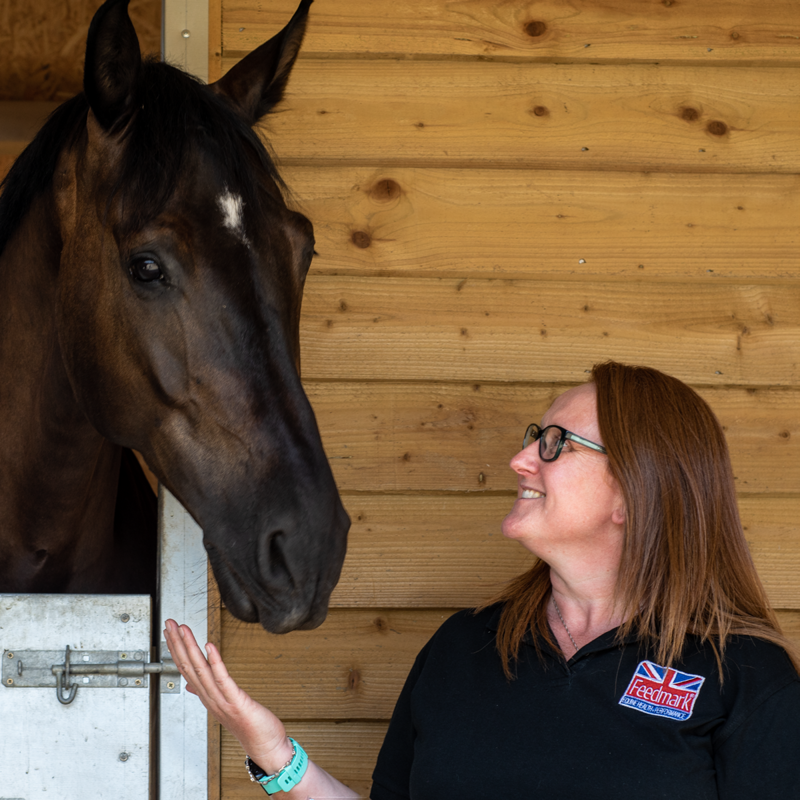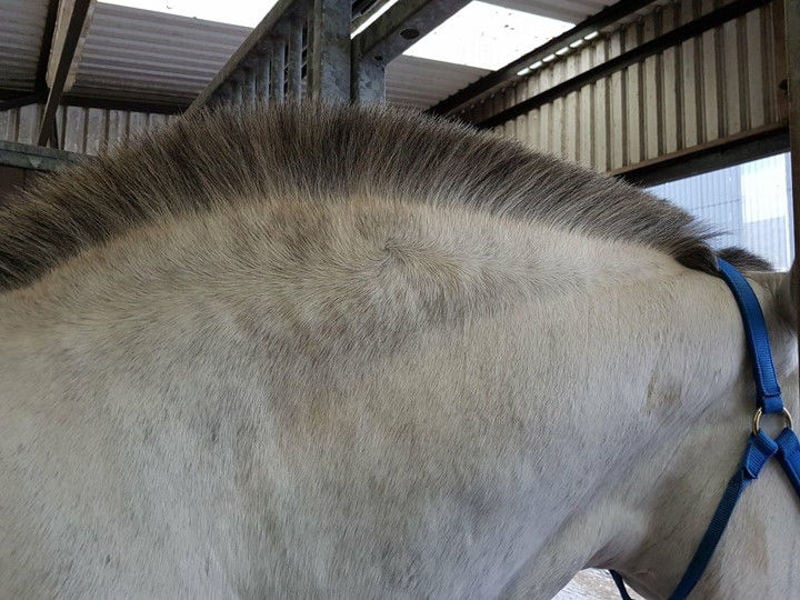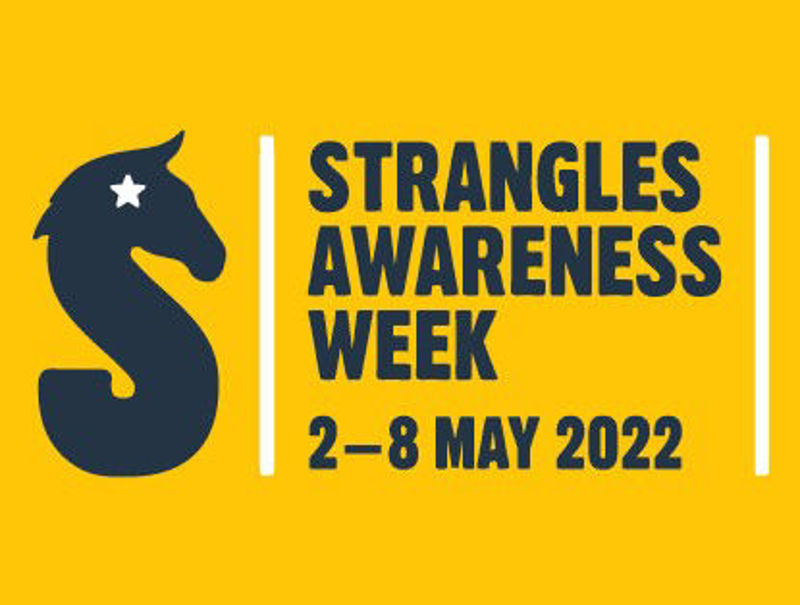In the final part of our feed better for less™ series, Dr. Stephanie Wood looks at how to supplement our horses in the most cost-effective way...
Filters
Blog Options
Blog archive
- 2024
- 2023
- 2022
- 2021
- 2020
- 2019
- 2018
- 2017
- 2016
- 2015
- 2014
Close
45 YEARS AT THE CENTRE OF EQUINE NUTRITION™

- Bespoke All-in-One™
-
Products
- Back
- Horse Joint Supplements
- Horse Digestion Supplements
- Horse Muscle Supplements
- Horse Vitamins & Minerals
- Horse Calming Supplements
-
Horse Respiratory Supplements
- Back
- Clarity®
- Horse Hoof Supplements
- Horse Skin & Coat Supplements
- Horse Health Supplements
- Supplements for Older Horses
-
Laminitis Supplements
- Back
- Prolamin™
- Horse Breeding Supplements
-
Horse Hormone Supplements
- Back
- Hormonease™
- Horse Treats
-
Herbs for Horses
- Back
- Boswellia
- Burdock Root
- Celery Seed
- Chamomile
- Chastetree Berry
- Cider Apple Vinegar
- Cinnamon
- Clivers
- Comfrey
- Dandelion Roots & Leaves
- Devil's Claw
- Echinacea
- Fenugreek Seeds
- Fussy Feeder
- Garlic Powder
- Hawthorn
- Hedge Herbs
- Liquorice
- Marigold Flowers
- Marshmallow Root
- Meadowsweet
- Milk Thistle Seeds
- Mint
- Nettle
- Rosehips
- Seaweed
- Slippery Elm
- Spirulina
- Turmeric
- Yucca
- Canine
- Your Rewards
- ABOUT US
- Contact Us
- Knowledge base
Menu
-
Products
- Back
- Horse Joint Supplements
- Horse Digestion Supplements
- Horse Muscle Supplements
- Horse Vitamins & Minerals
- Horse Calming Supplements
-
Horse Respiratory Supplements
- Back
- Clarity®
- Horse Hoof Supplements
- Horse Skin & Coat Supplements
- Horse Health Supplements
- Supplements for Older Horses
-
Laminitis Supplements
- Back
- Prolamin™
- Horse Breeding Supplements
-
Horse Hormone Supplements
- Back
- Hormonease™
- Horse Treats
-
Herbs for Horses
- Back
- Boswellia
- Burdock Root
- Celery Seed
- Chamomile
- Chastetree Berry
- Cider Apple Vinegar
- Cinnamon
- Clivers
- Comfrey
- Dandelion Roots & Leaves
- Devil's Claw
- Echinacea
- Fenugreek Seeds
- Fussy Feeder
- Garlic Powder
- Hawthorn
- Hedge Herbs
- Liquorice
- Marigold Flowers
- Marshmallow Root
- Meadowsweet
- Milk Thistle Seeds
- Mint
- Nettle
- Rosehips
- Seaweed
- Slippery Elm
- Spirulina
- Turmeric
- Yucca
- Canine
- Your Rewards
- ABOUT US
- Contact Us
- Knowledge base
Dr. Stephanie Hyland BSc (Hons)
 Please call Stephanie Hyland MSc. RNutr. on 0800 585525
Please call Stephanie Hyland MSc. RNutr. on 0800 585525
for qualified nutrition advice.
 Please call Stephanie Hyland MSc. RNutr. on 0800 585525
Please call Stephanie Hyland MSc. RNutr. on 0800 585525 for qualified nutrition advice.
Blog
Rebecca Allan, Feedmark’s Assistant Nutritionist, explores the different toxins that can be found in plants commonly found in grazing or forage, and discusses the consequences of their consumption on the horse’s health.
In the third part of our series on how to feed better for less™, Dr. Stephanie Wood considers forage diets for performance horses and how best to supply additional sources of energy and nutrients
Anouk Frieling, Feedmark’s Senior Nutritionist, outlines the different energy pathways and dietary options for supporting optimum performance and it's relevance to horses with greater exercise demands.
24
Jun
The liver is the largest organ in the body of the horse. It is in charge of metabolising carbohydrates, proteins, and fat and can also excrete numerous toxic compounds. Eduardo Alguacil, MRCVS provides an update on the causes, symptoms and treatment options for equine liver disease.
24
Jun
Laminitis is now considered to be a syndrome associated with systemic disease (sepsis or endocrine disease) or altered weight bearing rather than being a disease itself. Nicola Menzies-Gow takes an in-depth look into laminitis...
Turmeric is an equine supplement that is commonly used due to its supportive functions in the body. Senior Nutritionist, Anouk Frieling MSc Equine Sciences, BSc (Hons), investigates the composition, bioavailability and health benefits of turmeric as an equine supplement.
In the second part of our series on how to feed better for less™, Dr. Wood explains how to balance your horse's diet in the most cost effective way.
As the cost of living increases, Dr. Stephanie Wood looks at how we can feed our horses better for less, starting with helping him to get the most out of his feeding plan.
26
May
In issue 4 of The Journal for Equine Nutrition, guest contributor Alison Morris takes an in-depth look at Equine Metabolic Syndrome, the risk factors associated with it and how horses with this condition can be managed.
Feedmark's Senior Nutritionist, Anouk Frieling, looks at Vitamin E, its many important roles within the body and what happens when there is a Vitamin E deficiency.
Strangles is a common disease that affects equines all over the world. For Strangles Awareness Week 2022, Dr. Wood looks into the symptoms, treatment and prevention...
Copyright © 2024 Feedmark Ltd. All rights reserved.
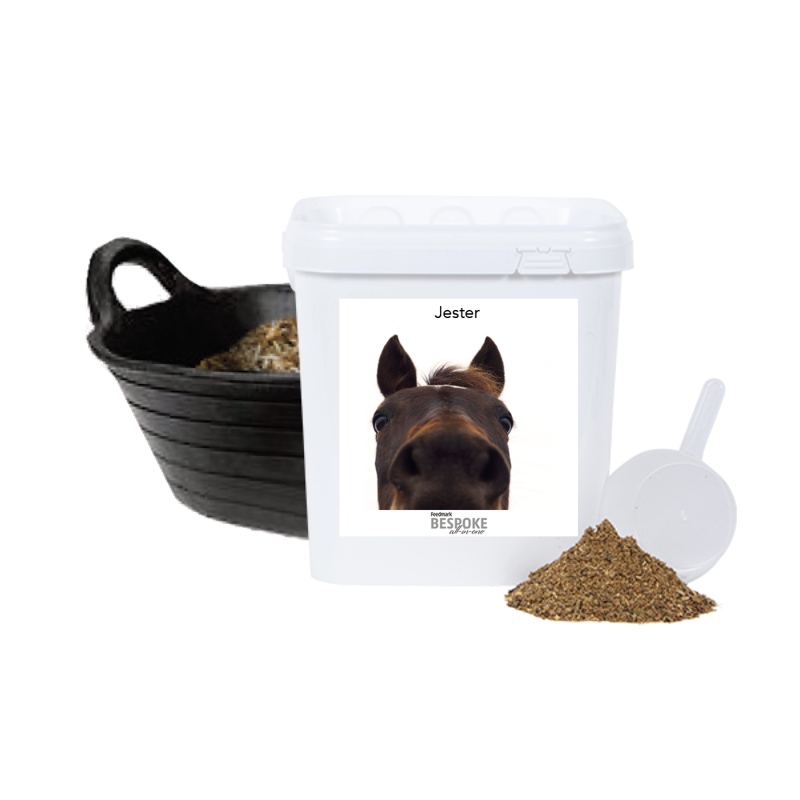
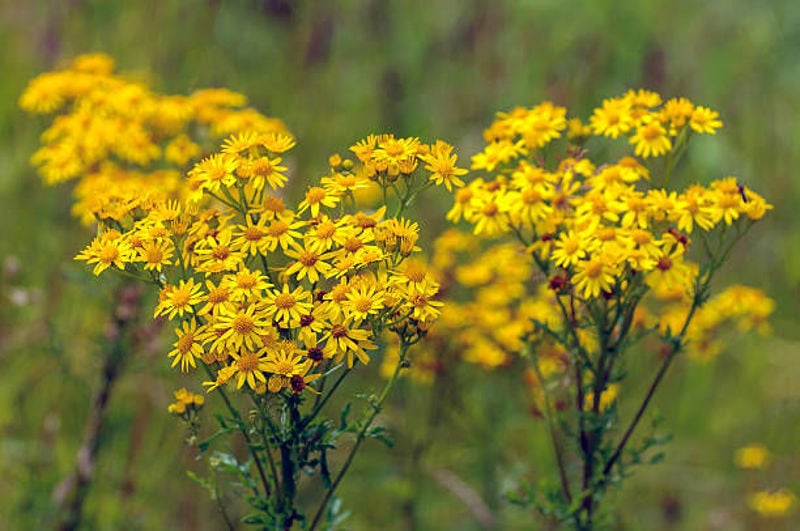


_800.jpeg)
